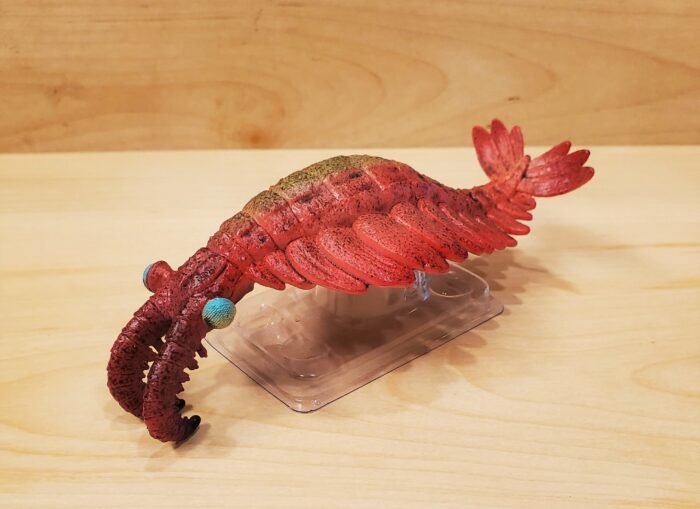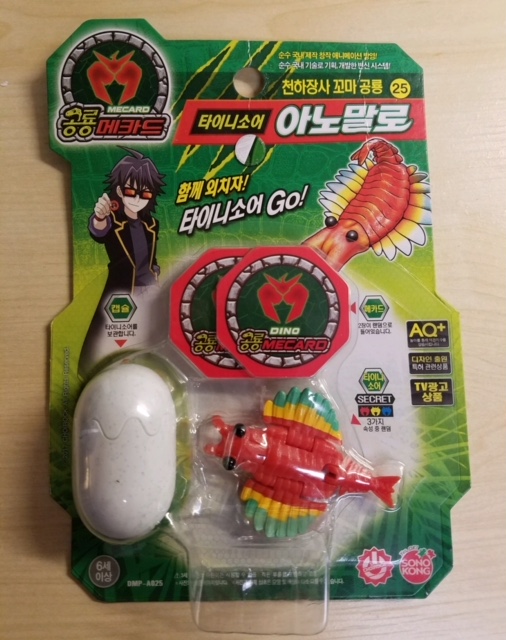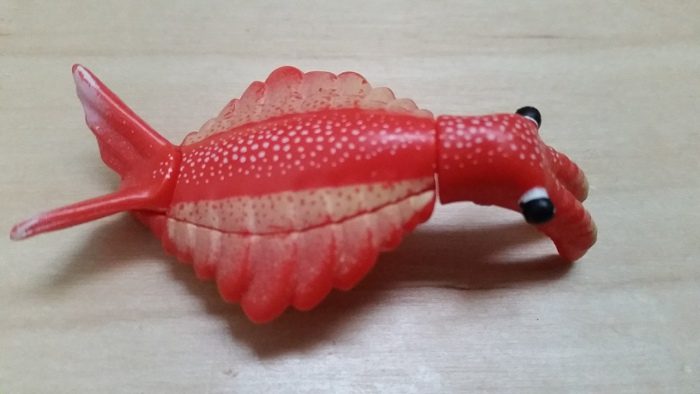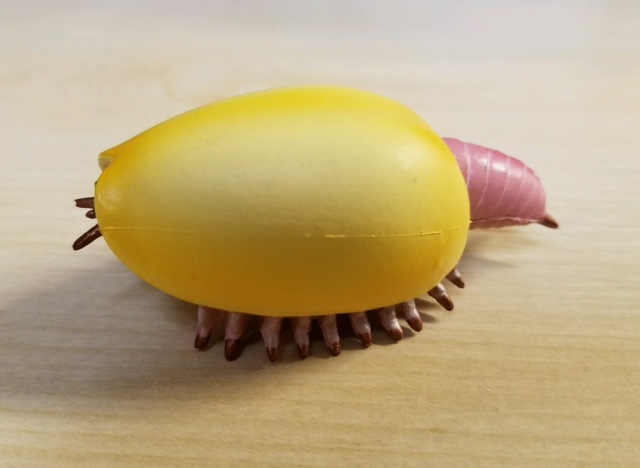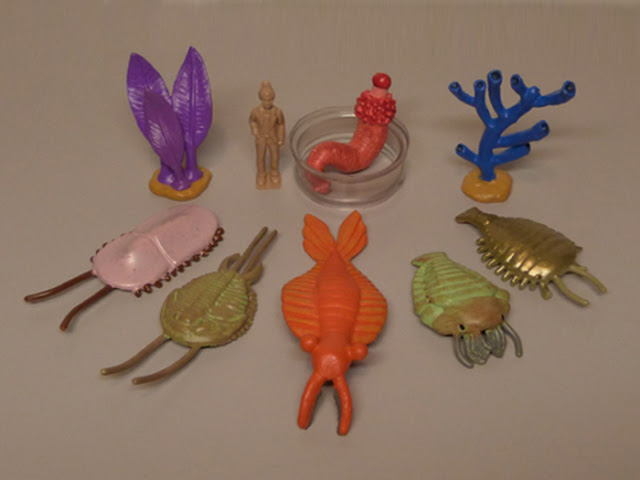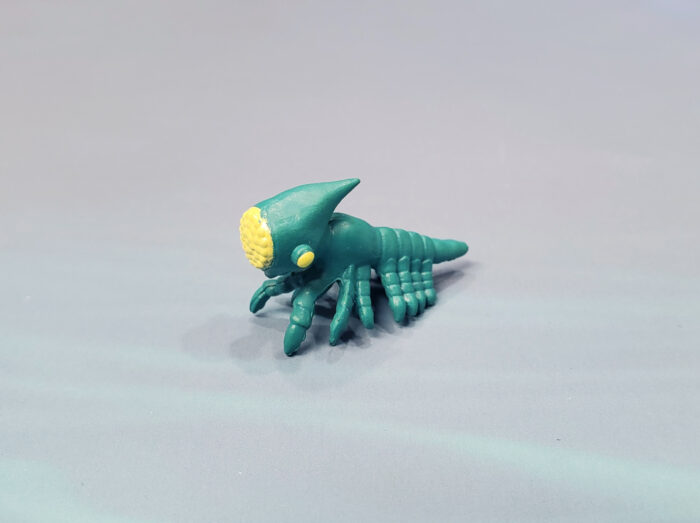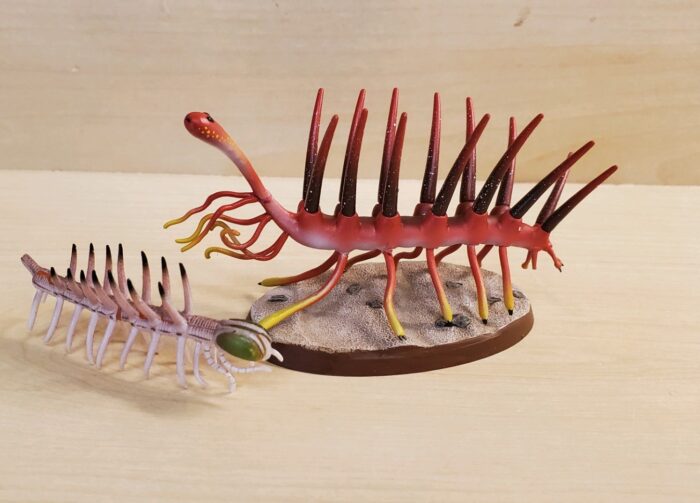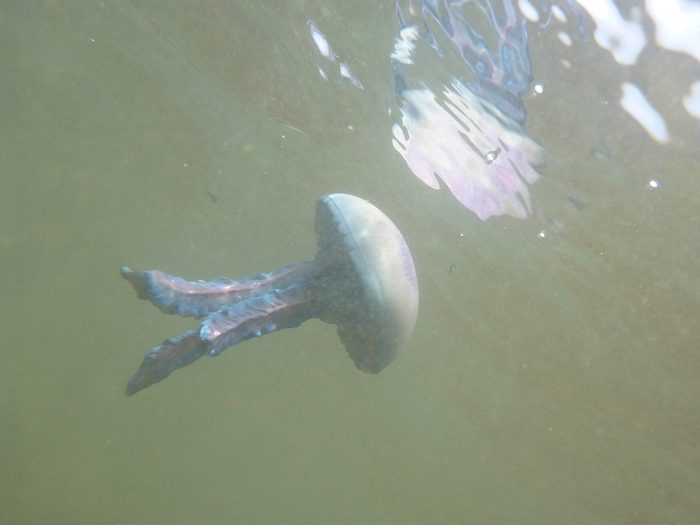Review and images by bmathison1972; edited by Suspsy
In 2023, CollectA added Anomalocaris canadensis to its growing collection of Paleozoic invertebrates, following fellow arthropod Redlichia and mollusks Passaloteuthis, Pleuroceras, Orthoceras, Cooperoceras, and Pravitoceras (not to mention an extant nautilus and horseshoe crab).

